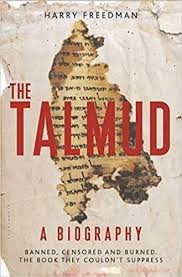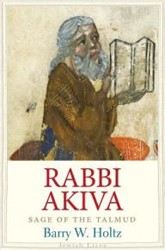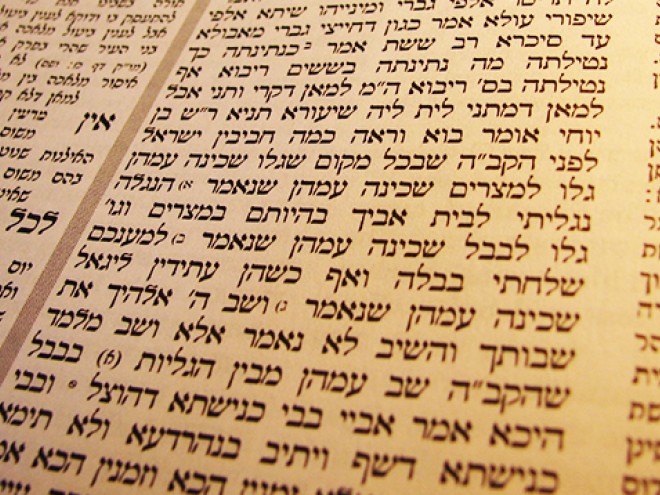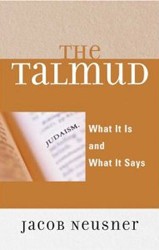By
– September 1, 2011
“Never judge a book by its cover” is an important maxim for reviewers and readers alike. This handsome, full color, large format, and glossy gift book, purports to be an illustrated history of the Talmud and its creators, the Amoraim of the Land of Israel and Babylonia. While Rabbi Wein has a well deserved reputation as a popularizer of Jewish history, this volume falls quite short of its stated goal writ large and in gold on the book’s cover. As the author himself states in his preface, this book is “…a popular review of the lives and personalities of the creators of the Mishnah and Talmud…” While these detailed biographies are excellent and comprehensive and of great value in and of themselves they do not constitute a history of the Talmud and as such the title is misleading.
Although one may quibble with some of Rabbi Wein’s historical statements, most of what he writes is fine for the average reader. One error, however, should be corrected. The Talmud was not finally redacted in 550 CE. That process went on for several more centuries into the Geonic period. The passing of Ravina and Rav Ashi ended the process of hora’ah (insruction) when the Rabbis were allowed to heremeneutically deduce teachings from the Biblical text, but the Talmudic text itself was not fixed until some time later.
These biographies bring to life, for the first time in English, the stories of the scholars who created the Talmud. There are copious notes and a fine glossary, and Rabbi Wein lists his Hebrew sources in the introduction. What is missing is any reference to the work of Rabbi Adin Steinsaltz, and the Ashkenazic vocalization is somewhat jarring.
The illustrations are lavish and beautiful but have no bearing on the text or often even on the period under discussion.
There have been many anthologies of passages from the Talmud, and even some books for beginners who wish to study the Talmud. A history of the Talmud is difficult to confine to one volume. The subject material is so broad and all encompassing that the task is extremely difficult. Learned professors and rabbis have written volumes on this subject. Aside from the obvious development of Jewish law and practice, there exist voluminous studies of medicine, ethics, divorce laws, court procedures, mathematics, agriculture, civil law, criminal law, social commentary, etc. as discussed in the Talmud. One can also find illustrations of realia contemporaneous to the Talmudic period. The Talmud isn’t just a text of several thousand folio pages. It contains the life giving source of all of Jewish life. Hence the difficulty of condensing it.
One cannot separate the Talmud from the rabbis who created it. Their lives made manifest the values that they taught. To the extent that these biographies shed light on the lives of the rabbis of the Talmud and the Talmud itself, it is a worthwhile exercise and a valuable contribution.
Although one may quibble with some of Rabbi Wein’s historical statements, most of what he writes is fine for the average reader. One error, however, should be corrected. The Talmud was not finally redacted in 550 CE. That process went on for several more centuries into the Geonic period. The passing of Ravina and Rav Ashi ended the process of hora’ah (insruction) when the Rabbis were allowed to heremeneutically deduce teachings from the Biblical text, but the Talmudic text itself was not fixed until some time later.
These biographies bring to life, for the first time in English, the stories of the scholars who created the Talmud. There are copious notes and a fine glossary, and Rabbi Wein lists his Hebrew sources in the introduction. What is missing is any reference to the work of Rabbi Adin Steinsaltz, and the Ashkenazic vocalization is somewhat jarring.
The illustrations are lavish and beautiful but have no bearing on the text or often even on the period under discussion.
There have been many anthologies of passages from the Talmud, and even some books for beginners who wish to study the Talmud. A history of the Talmud is difficult to confine to one volume. The subject material is so broad and all encompassing that the task is extremely difficult. Learned professors and rabbis have written volumes on this subject. Aside from the obvious development of Jewish law and practice, there exist voluminous studies of medicine, ethics, divorce laws, court procedures, mathematics, agriculture, civil law, criminal law, social commentary, etc. as discussed in the Talmud. One can also find illustrations of realia contemporaneous to the Talmudic period. The Talmud isn’t just a text of several thousand folio pages. It contains the life giving source of all of Jewish life. Hence the difficulty of condensing it.
One cannot separate the Talmud from the rabbis who created it. Their lives made manifest the values that they taught. To the extent that these biographies shed light on the lives of the rabbis of the Talmud and the Talmud itself, it is a worthwhile exercise and a valuable contribution.
Wallace Greene, Ph.D., has held several university appointments, and currently writes and lectures on Jewish and historical subjects.





